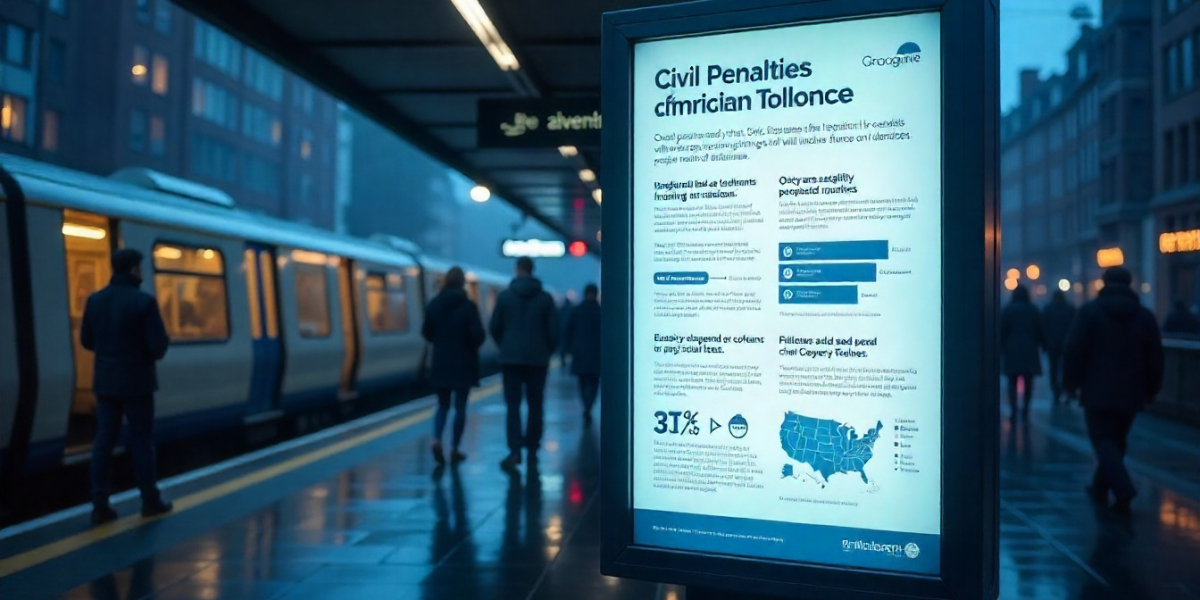Buying your first car is a big step, and it can feel exciting, overwhelming, and even a little intimidating. One of the first questions you’ll face is whether to buy new or used. The decision may seem simple at first, but the more you look into it, the more you realize it involves budget, lifestyle, maintenance, and even your long-term plans. Understanding the pros and cons of each option will help you make a choice that suits your needs perfectly.
Understanding the Appeal of a New Car
A brand-new car offers a sense of pride and satisfaction that is hard to match. It arrives in perfect condition, with no history of previous owners or hidden issues. You can often choose your favorite color, trim, and accessories, making it feel like the car is built just for you. Along with these personal touches, New cars or Used Cars come with the latest safety features, improved fuel efficiency, and cutting-edge technology such as advanced infotainment systems and driver-assist tools.
Another major advantage of buying new is the manufacturer’s warranty. Most new cars are covered for at least three years, meaning you won’t have to worry about major repair costs for a while. Many dealerships also include free servicing for a certain period, which reduces early maintenance expenses. However, all of these benefits come at a price. New cars are more expensive upfront and lose value quickly, especially in the first year, which can make them less attractive if you are concerned about long-term resale value.
The Practical Value of a Used Car
For beginners who want to get on the road without a heavy financial burden, a used car can be a smart choice. The most obvious advantage is cost — you can often find a reliable, well-maintained car for far less than the price of a new one. Because the steepest depreciation happens in the first few years, buying used allows you to avoid losing a big chunk of your investment so quickly.
Modern cars are built to last longer than ever before, so a car that is a few years old can still offer many years of reliable service. Buying used also means you might be able to afford a higher-end model or a car with more features than you could get if you were buying new. However, used cars come with more uncertainty. You won’t always know how the previous owner treated the vehicle, and some issues may not show up until later. This is why a professional inspection is always recommended before finalizing a purchase.
Matching Your Car to Your Lifestyle
Your daily habits and driving needs should play a big role in your decision. If you commute long distances every day, a new car with better fuel efficiency and a full warranty might make more sense, as it can save you money on fuel and reduce the risk of costly repairs. On the other hand, if you only drive occasionally or for short trips, a used car could serve you perfectly well without stretching your budget.
Consider where you will be driving most often. City driving, with its frequent stops and starts, may wear down certain parts more quickly, making a newer car with better technology and efficiency an advantage. If you plan to use your car for outdoor adventures or long road trips, you may want to focus on reliability and comfort, whether new or used.
Looking at the Long-Term Costs
It’s important to remember that the cost of a car is not limited to the purchase price. Insurance, maintenance, fuel, registration, and eventual repairs all add up over time. New cars may have lower maintenance costs in the beginning, but insurance premiums are often higher. Used cars usually come with lower insurance rates, but you should budget for repairs that might not be covered by any remaining warranty.
Resale value is another factor. Some cars, like certain Toyota and Honda models, are known for holding their value better than others. If you think you’ll want to sell your car in a few years, choosing a model with strong resale potential will protect more of your investment.
Avoiding Common Beginner Mistakes
One of the biggest mistakes first-time buyers make is focusing only on appearance or brand. While style and brand reputation are important, they should never outweigh practicality. It’s also easy to get caught up in monthly payment figures without considering the full cost over the life of the loan. Always look at the total amount you will be paying, including interest, fees, and insurance.
Another common error is skipping the test drive or rushing through it. A test drive is your best chance to get a feel for the car’s comfort, handling, and visibility. You should also listen for any unusual noises and make sure everything from the brakes to the air conditioning works as it should.
Making Your Final Choice
At the end of the day, the decision between a new car and a used car comes down to your personal priorities. If you value peace of mind, modern technology, and a car that will likely need fewer repairs in the early years, a new car might be worth the higher cost. If you want to save money, avoid heavy depreciation, and still get a dependable vehicle, buying used is often the better route.
By carefully weighing your budget, lifestyle, and long-term plans, you can choose the option that will serve you best. For beginners, the key is to stay patient, do thorough research, and never let excitement push you into a rushed decision.

















